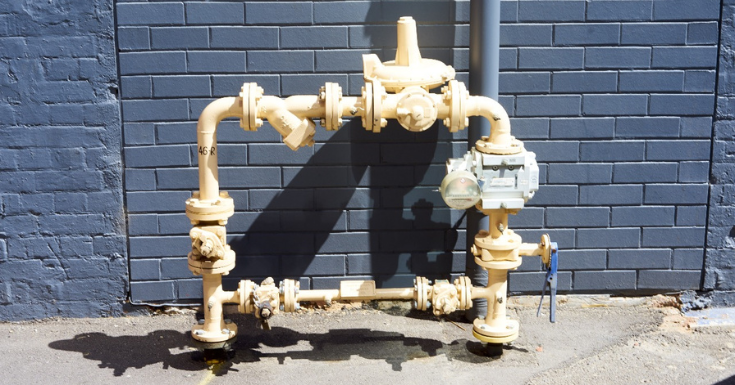Backflow in plumbing systems isn’t just a technical issue—it’s a real threat to clean water safety when things go wrong. In simple terms, backflow happens when water flows in the wrong direction, allowing contaminated water to enter your clean supply. That’s a serious problem for both homes and businesses. Let’s break down the causes of backflow and how you can prevent it.
What Is Backflow?
Backflow occurs when water reverses its normal direction of flow. Instead of clean water moving through your plumbing system, polluted or non-potable water is drawn back into the supply line. This can happen silently but cause serious contamination if not caught early.
Two Main Types of Backflow
1. Back Siphonage
This type of backflow occurs when there’s a sudden drop in water pressure, creating a suction effect that pulls contaminated water into the system. Common causes include:
-
Water main breaks in your area
-
High water demand, such as nearby fire hydrant use
-
Damaged or outdated plumbing connections
2. Back Pressure
Back pressure happens when the pressure inside your plumbing system becomes greater than the supply line pressure, forcing water backward. This may result from:
-
A faulty pump or pressure booster
-
Heating systems or boilers increasing pressure
-
Poorly designed industrial equipment connections
How to Prevent Backflow
Preventing backflow is much easier than dealing with contamination after it happens. Here are some proven ways to keep your water safe:
• Install a Backflow Prevention Device
A certified plumber can install a valve or assembly that allows water to flow in one direction only. It’s the first line of defense against contamination.
• Schedule Regular Testing
Regular Backflow Testing in Mooresville NC ensures your prevention devices are functioning correctly. Licensed professionals can detect early signs of wear or malfunction and help you stay compliant with local regulations.
• Maintain a Proper Air Gap
Keeping a physical space between your faucet and the maximum water level in a sink or tank prevents siphonage naturally—no equipment required.
• Inspect Plumbing Connections Regularly
Old, corroded, or loose fittings can cause leaks and reverse flow. Routine inspections help detect potential failure points before they become costly repairs.
• Monitor Pressure Changes
Stay alert to water pressure fluctuations. A drop in supply pressure or an increase in internal pressure can trigger backflow, especially if devices aren’t working properly.
Final Thoughts
Backflow may sound complex, but with regular maintenance and professional Backflow Testing in Mooresville NC, it’s completely preventable. Understanding the causes—like back siphonage and back pressure—and following prevention steps ensures your water remains safe, clean, and compliant with local health standards.
If you need expert testing or installation, LKN Backflow Testing offers certified services to protect your plumbing system and give you peace of mind year-round.





